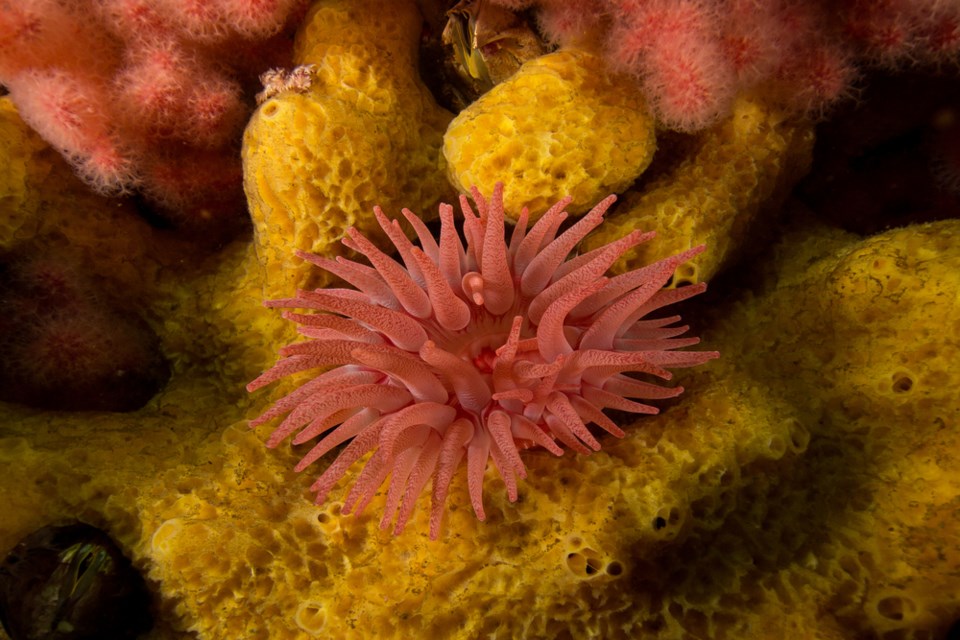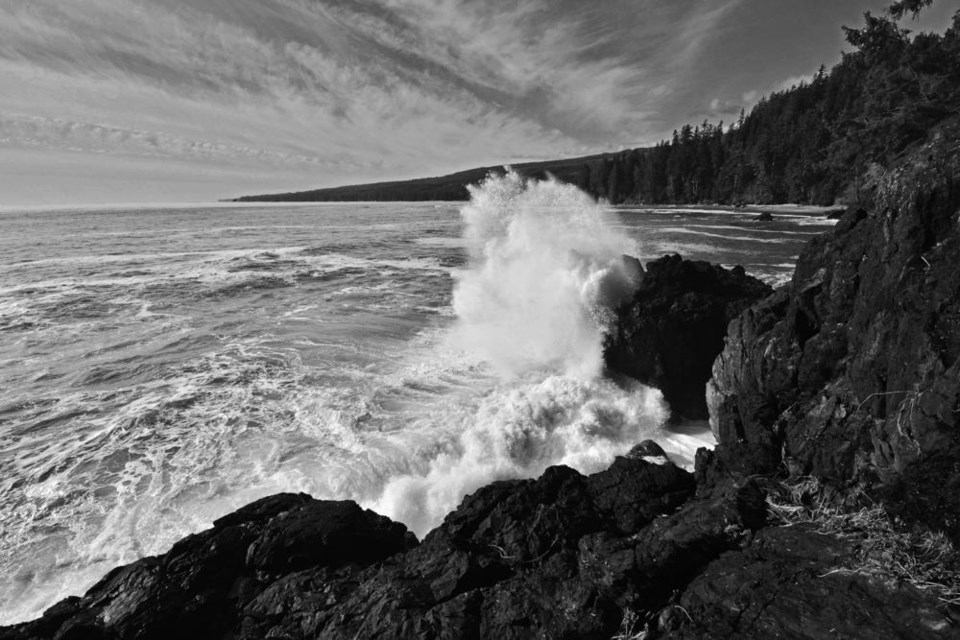The waters of British Columbia’s coast have been home to rich marine life and the habitats that sustain them for millennia. They also serve as a source of food and job opportunity for people throughout the north coast and have provided for First Nations communities for generations.
The Northern Shelf, a coastal stretch spanning from North Vancouver Island to the Alaska border, is home to Pacific salmon, Pacific herring, colonies of corals and sponge reefs, three types of killer whale, sea otter, a variety of rockfish, groundfish and shellfish, and lush kelp beds and eelgrass meadows. However, today, these waters are facing an increasing number of threats, including the impacts of development and climate change.
To combat these threats, a landmark partnership between First Nations, the Province of B.C. and the Government of Canada is working to proactively protect areas of the Northern Shelf. Throughout September and October, coastal residents are invited to provide input on a draft Network Action Plan to guide future implementation of a network of marine protected areas (MPAs).

MPA networks help restore coastal habitats, protect ecological values, and support environmental, cultural, social and economic benefits. The proposed network of MPAs combines a range of designations and management tools to protect and conserve key marine habitats and species, as well as areas of cultural importance to First Nations Peoples. Ultimately, the network will serve to help reduce threats and protect biodiversity and support the long-term sustainability of marine life in the region.
The draft Network Action Plan includes the proposed design for the MPA network and provides recommendations to support its implementation, governance, and adaptive management. While this process began in 2015, the draft plan is the outcome of over a decade of collaboration between three orders of governments and consultation with industry, coastal communities, and other stakeholders.
Residents are invited to provide input on the draft Network Action Plan via an online survey and attend webinars and in-person open houses from now to the end of October. Preliminary findings from the public engagement are expected to be shared this winter, and a full report will be made public in spring 2023.
The final Network Action Plan is expected in early 2023 to support the next steps towards implementation. As this process continues, additional opportunities for engagement and input from First Nations, stakeholders, and the public will be available.
To learn more and share your input, visit mpanetwork.ca/engage.



